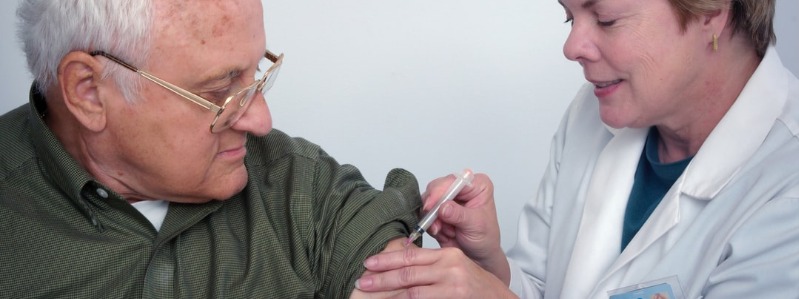Many approaches to alcohol and substance abuse problems today fail to work. “And chances are, it’s not your fault,” according to a well-known science and medical writer Jane Brody. Brody wrote a blog last month for the Science Times section of The New York Times, describing many of the flaws in today’s substance abuse treatment programs and the kinds of approaches that are needed to conquer addiction.
Brody tells her readers what people really need to do to beat their addiction is often one-on-one, probably a long-term approach based on scientific methods. Brody interviewed science writer and author Anne M. Fletcher for her Science Times column.
Fletcher wrote a book, “Inside Rehab,” describing how many treatment programs fail and discussed the comprehensive therapies that have been scientifically validated but remain vastly underused.
Outdated Approaches
Among the “many thousands of treatment programs out there, most use exactly the same kind of treatment you would have received in 1950, not modern scientific approaches,” A. Thomas McLellan told Fletcher. McLellan co-founded the Treatment Research Institute in Philadelphia.
According to Brody, “Often Ms. Fletcher found low-cost, publicly funded clinics have better-qualified therapists and better outcomes than the high-end residential centers typically used by celebrities like Britney Spears and Lindsay Lohan.”
Unlike the month-long treatment approach used at inpatient rehabilitation centers, “people with substance abuse disorders commonly require care for months or even years,” Brody writes, quoting Fletcher’s work.
According to Fletcher, most people recover completely on their own through self-help groups and/or by talking to a counselor or therapist privately.
Need for Continuing Services
Brody interviewed another alcohol abuse expert, Dr. Mark Willenbring, who said, “While some people are helped by one intensive round of treatment, the majority of addicts continue to need services.” Willenbring, who practices in St. Paul, formerly directed treatment and recovery research at the National Institute for Alcohol Abuse and Alcoholism.
Importance of Medication and Evidence-Based Care
Willenbring emphasized to Brody the importance of maintenance support with the medication Suboxone for those addicted to opioids to prevent relapse.
“We have some pretty good drugs to help people with addiction problems, but doctors don’t know how to use them. The 12-step community doesn’t want to use relapse-prevention medication because they view it as a crutch,” Willenbring told Brody.
Brody described parts of a report by the National Center on Addiction and Substance Abuse at Columbia University.
“The vast majority of people in need of addiction treatment do not receive anything that approximates evidence-based care. . . .Only a small fraction of individuals receive interventions or treatment consistent with scientific knowledge about what works,” Brody quotes the report as saying.
“The authors suggested,” Brody writes, “that such insufficient care could be considered “‘a form of medical malpractice.’”
Alcohol Abuse vs. Alcoholism
The National Institute on Alcohol Abuse and Alcoholism considers alcohol use disorders medical conditions and divides the disorders into the following:
- Alcohol abuse — a condition in which there is no physical dependency but the abuse interferes with people’s daily lives.
- Alcoholism — a condition in which there is a dependency, defined as a craving, or a strong need or urge to drink; loss of control, or inability to stop drinking once you have started; physical dependence, characterized by withdrawal symptoms (nausea, sweating, shakiness, anxiety); tolerance, or the need to drink greater and greater amounts to feel the same effect.
Data on Alcohol Use in the U.S.
According to Centers for Disease Control and Prevention
- 51.5 percent of U.S. adults (18+ years) were current regular drinkers (at least 12 drinks in the last year)
- 13.6 percent of adults (18+ years) were current infrequent drinkers (between one and 11 drinks in the last year)
- In 2010 — 15,900 people died of alcoholic liver disease
- In 2010 — 25,692 persons suffered from alcohol-induced deaths (excluding accidents and homicides)
Impaired Driving Data and Statistics
-
- Every day, nearly 30 people in the U.S. die in motor vehicle crashes involving an alcohol-impaired driver. This equals one death every 48 minutes.
- Over $51 billion is spent every year on alcohol-related crashes.
- 10,228 people were killed in alcohol-impaired driving crashes in 2010. This accounted for 31 percent of all traffic-related deaths in the U.S.
- 211 children, 14 years old and younger, who were passengers and died in crashes in 2010 were in vehicles driven by an alcohol-impaired driver
- More than 1.4 million drivers were arrested in 2010 for driving under the influence of alcohol or narcotics
- Drugs other than alcohol such as marijuana and cocaine are involved in 18% of motor vehicle driver deaths.




